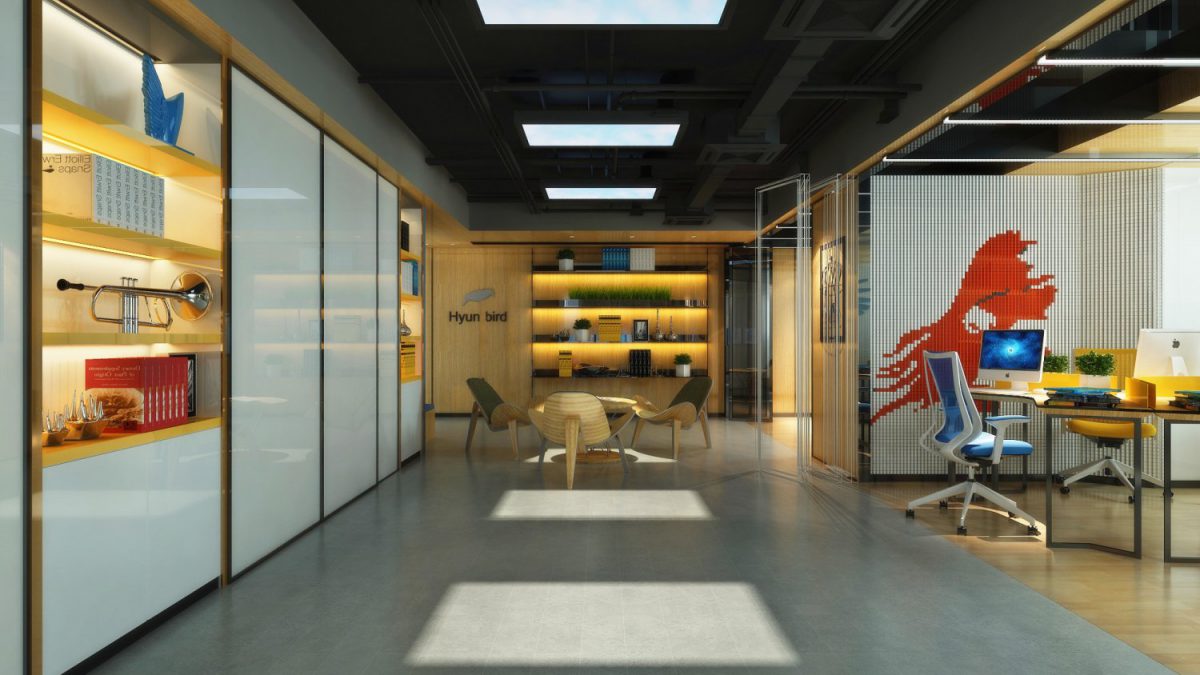Are you running a daylight deficit?
Short answer: probably! If, like most of us, your daily routine involves spending 8+ hours in an office setting and a few more commuting and running errands, then you are most likely not getting enough daylight exposure.
Life in modern society has become highly compartmentalized with little room for activities that bring us closer to nature. Our daily schedules have been decoupled from the daylight cycle. We are caught up in an elaborate mix of commuting, work and social life. The only opportunity to spend time outside under the open sky during the workweek is reduced to brief periods on the way to and back from work. In total, less than 10 % of the time we are awake.
Let’s take a closer look at how exposure to natural daylight benefits sleep and overall health:
- Natural light has a direct impact on our circadian rhythm, which drives our sleep-wake cycle
- A restful sleep is determined by the body’s exposure to daylight, especially in the morning
- Exposure to natural daylight can prevent sleep disorders
- It’s common knowledge that morning sunlight can be energizing; and you guessed it, it’s true
So what measures can we take to alleviate our daylight deficit?
There are certain lifestyle choices that we can make to ensure we are not running a daylight deficit:
- Switch up your commute – add some extra walking or biking time into your routine, which will allow you to spend some quality time with the sun
- Grab a desk by the window – keep your ear to the ground for any vacant spots and make the move to a brighter corner of the office
- Eat lunch outside – weather permitting, try picnicking with a pal instead of eating lunch at your desk
- Try and outdoor workout – cancel your gym membership and take your physical training out in the open
- Start a small garden – grow your own produce and spend more time outside
The list can go on, and with a bit of motivation we should be able to make tweaks in our daily routines to put us back in sync with the natural daylight cycle. However, there are characteristics of modern life which require more than motivation to change; factors that are beyond our power of influence but do exert an influence on us as individuals. Windowless office buildings, lengthier commutes, the 9 to 5 workday schedule, and other factors that are deeply embedded into our societal structure contribute to our daylight deficit.
In recent years efforts have been made both from a technological standpoint, as well as architecture and design in addressing this issue. More and more architects and interior designers are taking into account the lighting ambiance when planning and developing houses and buildings.
Moreover, Human Centric Lighting is gaining traction as a concept with the potential to improve lighting conditions in offices, schools, hospitals, hotels, retail environments and other areas that may not have been fitted with a sufficient amount of windows. The basic idea behind HCL is the use of artificial light sources to mimic the effects and illuminance of natural sunlight for stimulating melatonin and serotonin production in humans. High adoption rates of human centric lighting have been witnessed in educational and health facilities. We will take a deeper dive into this exciting new field in an upcoming blog post.




